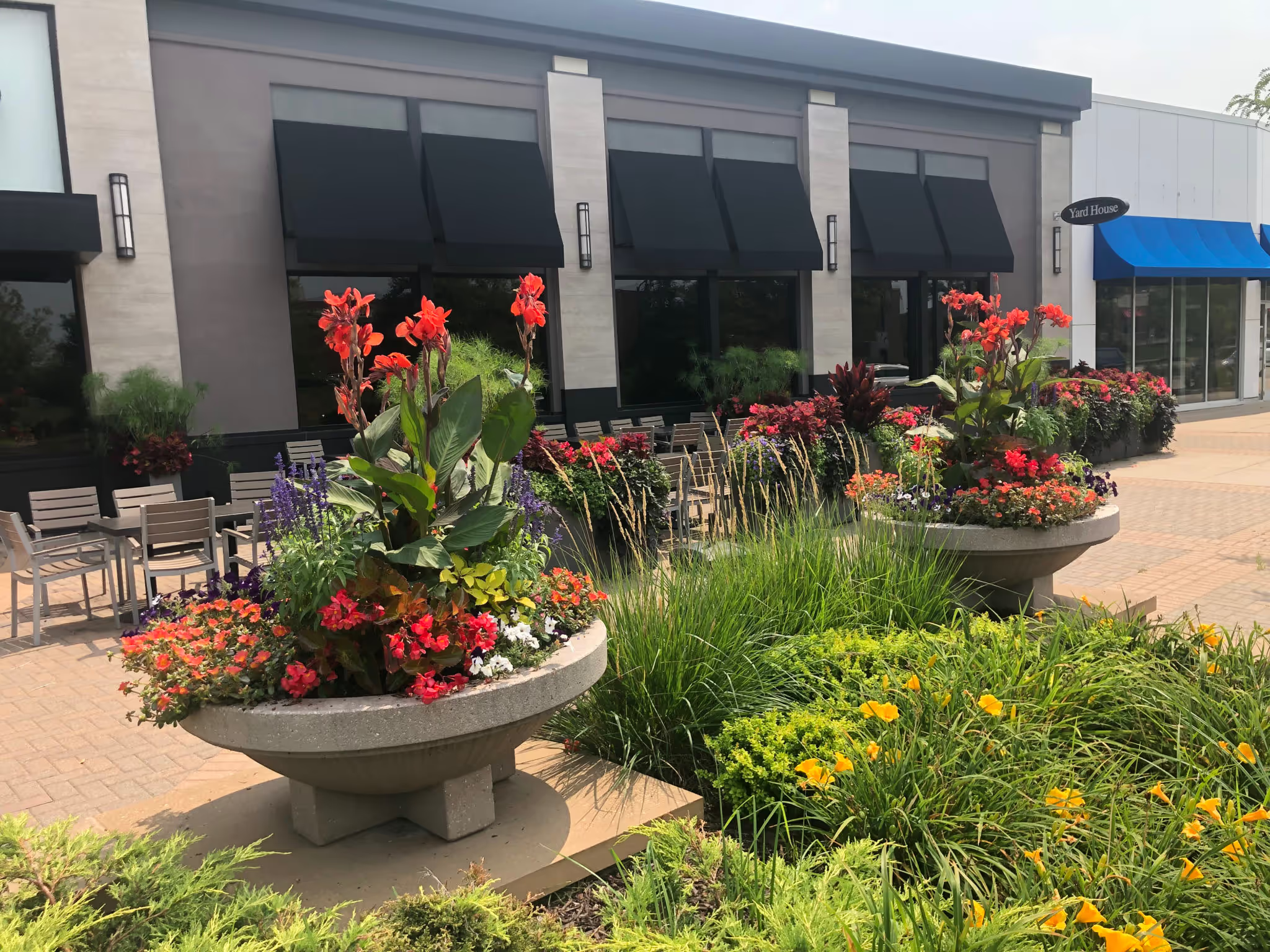What Research Says About Plants in Retail Spaces

It’s one thing to say plants enhance retail spaces, or any space for that matter. It’s the sort of statement that feels intuitively true. That’s why people bring plants to housewarming parties, buy flowers for special occasions, and flock to garden stores in the spring.
But when it comes to making budget decisions for a retail setting, it’s useful to ask: What is the actual impact? Will greening up the space really affect how customers shop?
Research suggests that yes, adding plants is likely to have a measurable positive impact.
Bob Gibbs, instructor at Harvard Graduate School of Design Executive Education put it this way in his seminal book, Principles of Urban Retail Planning and Development:
“It has been proven that shopping, as a goal-oriented activity… can induce a stressed state in the consumer. Research has also documented a positive correlation between a shopper’s ‘mood state’ and his or her willingness to buy.”
In a review of research on plants in retail settings, Gibbs describes an information overload in urban retail and mall settings that can result in “decreased consumer confidence because of poor or rushed purchasing decisions—which may translate into dissatisfaction with a specific store or overall retail area.”
Many of the papers Gibbs cites are authored by Kathleen Wolf, a sociologist who studies people’s perceptions and behavior in urban settings. In a paper reviewing scientific literature on urban retail greenery, published in Urban Forestry & Urban Greening, Wolf and her co-authors point to the negative effects of time and budget constraints and crowds on shoppers, which increase stress.
Consumer stress has an impact on both the consumer and retailer. Research shows that customers in a negative mood spend less. Adding plants, however, creates what researchers call a “restorative experience.”
Adding greenery and other plants to retail settings, research suggests, can lower stress, increase a consumer’s ability to focus on the task at hand, and increase consumer perception of retailer quality. Evidence suggests consumers are more likely to enter a mall that contains plants and stay longer.
A lower-stress environment can also have a positive impact on employees, which may translate into increased productivity and retail service quality.
Among the findings from Wolf’s studies:
- Study participants gave business district settings with natural elements higher preference ratings than those without — even if the settings without plants were tidy with quality buildings.
- Respondents were willing to travel farther to business districts with trees, stay longer, and visit more frequently.
- Trees correlated with higher mean price acceptance (i.e. the price consumers accept and pay for a good or service), a correlation that Wolf’s studies found across categories, including convenience and specialty products. According to Wolf’s research, the presence of trees had an increased price margin of 12 percent for large cities.
Together, the studies Wolf has conducted support what the Urban Forestry paper terms “biophilic store design” — that is, store design that incorporates elements of nature, whether trees or other types of plants.
Ultimately, the Urban Forestry paper’s authors conclude, “there is a growing and sound evidence base, which shows that in-store and out-of-store greenery can be ‘good’ for retail businesses and can provide them with a strategic business advantage.”
OUR NEWSLETTER
Sign up to receive the latest in plantscaping trends.
